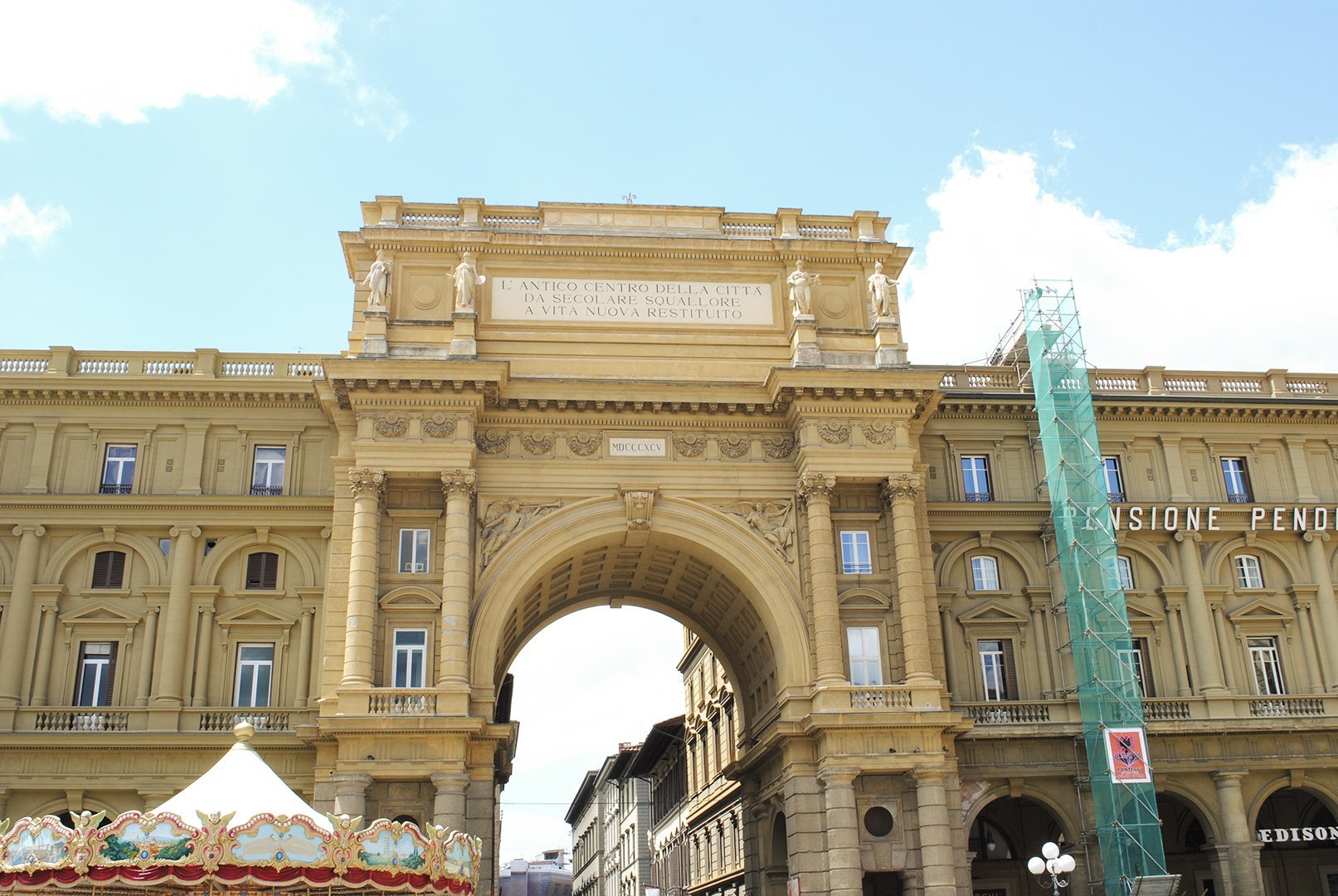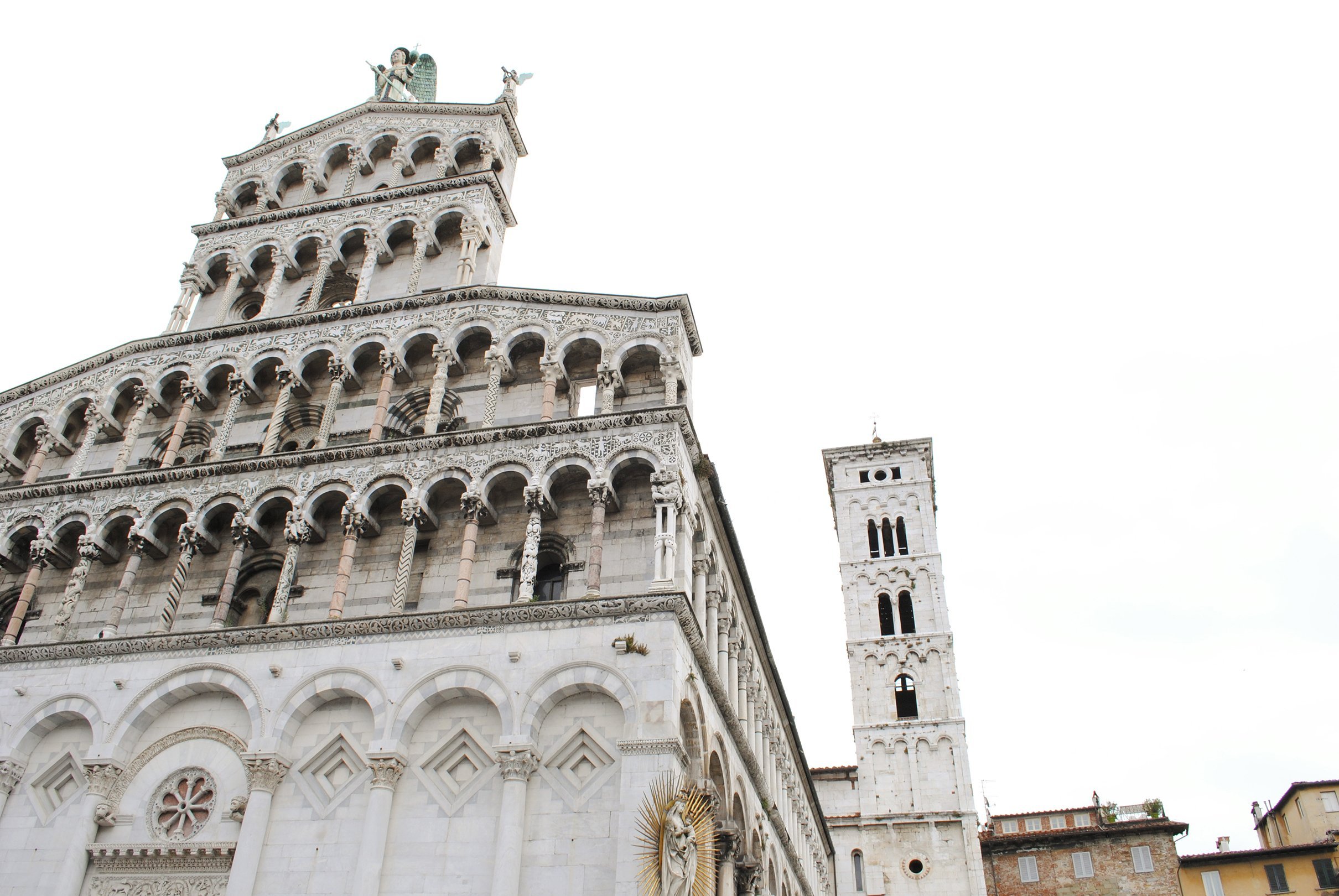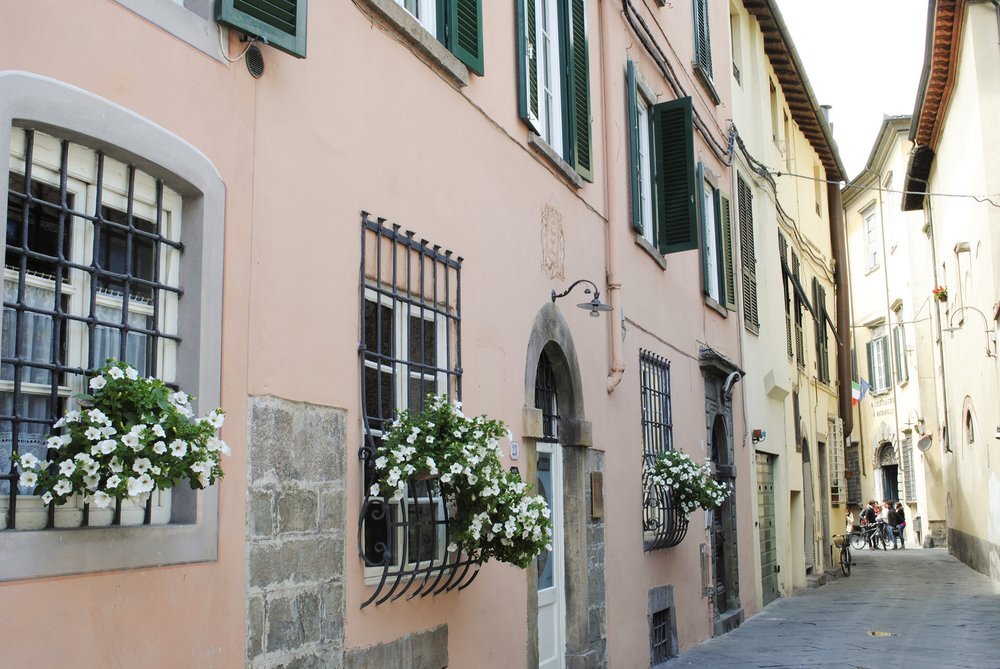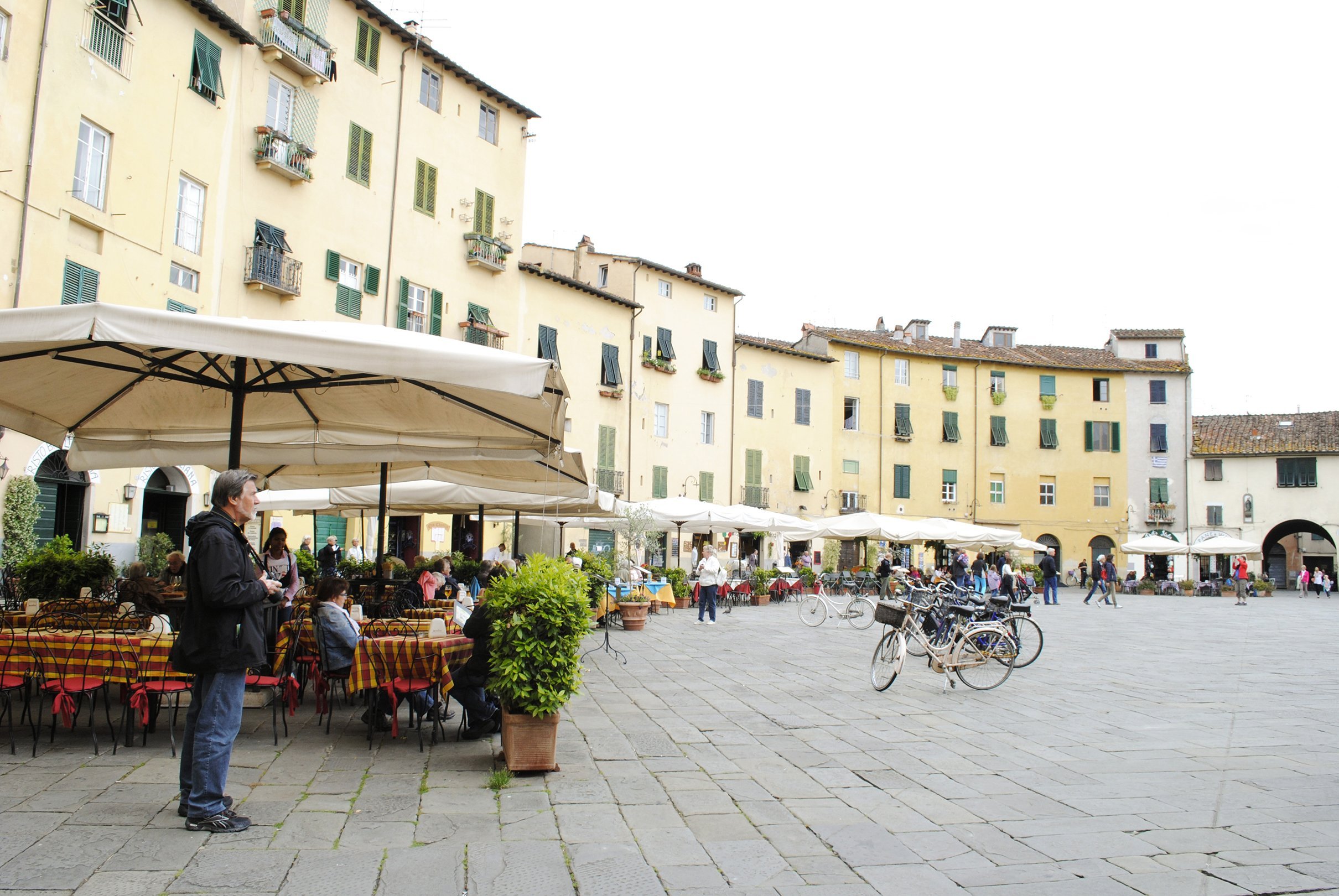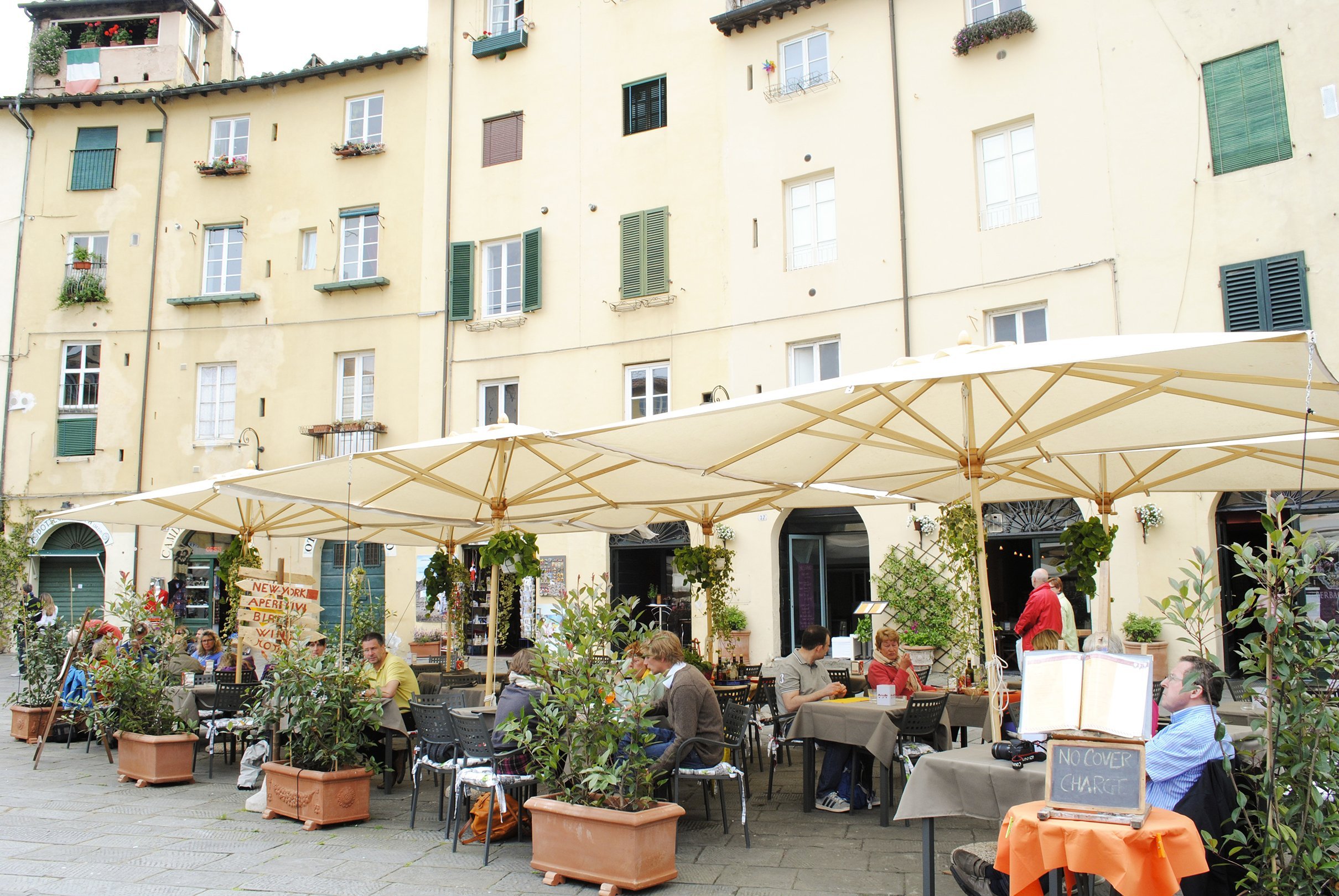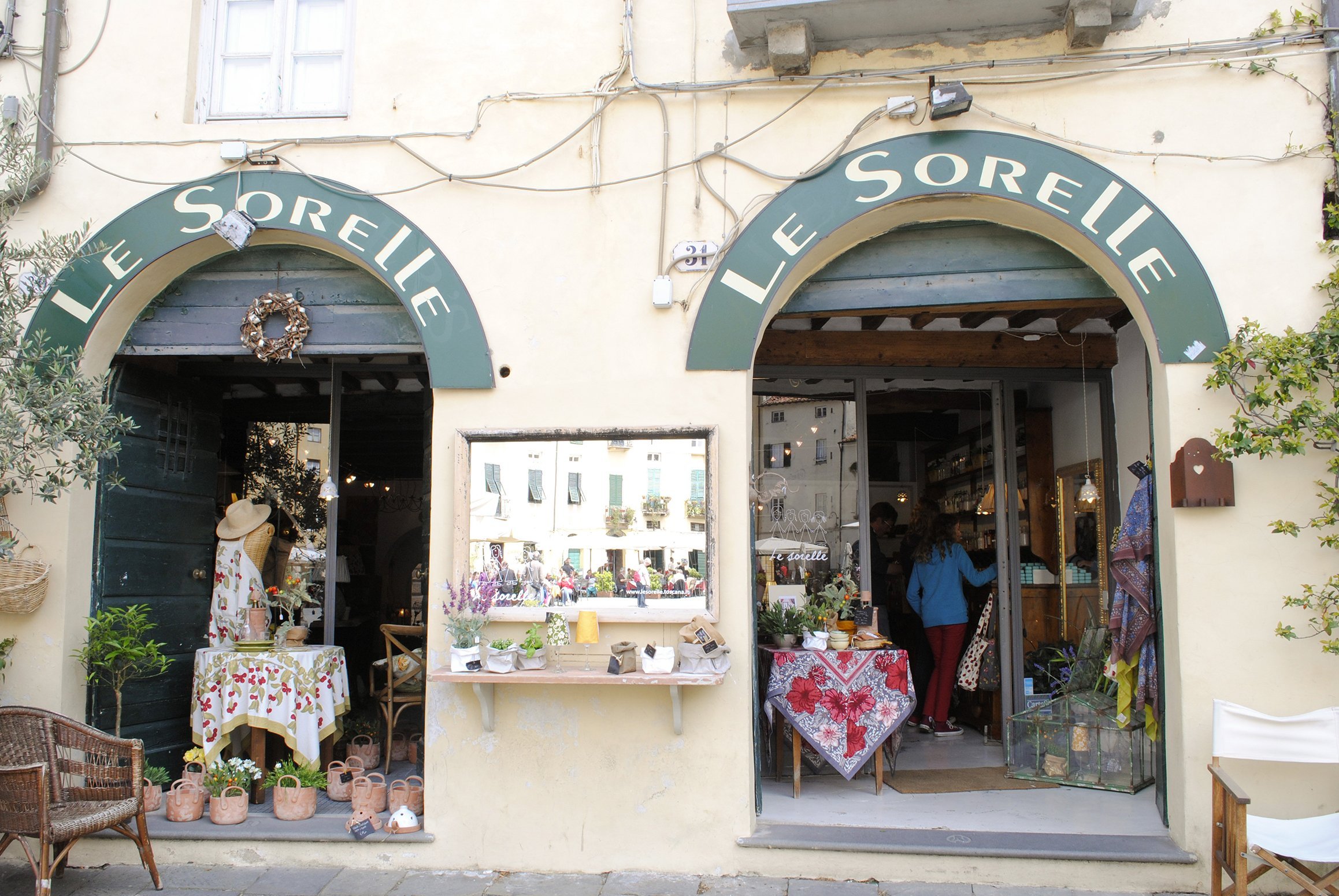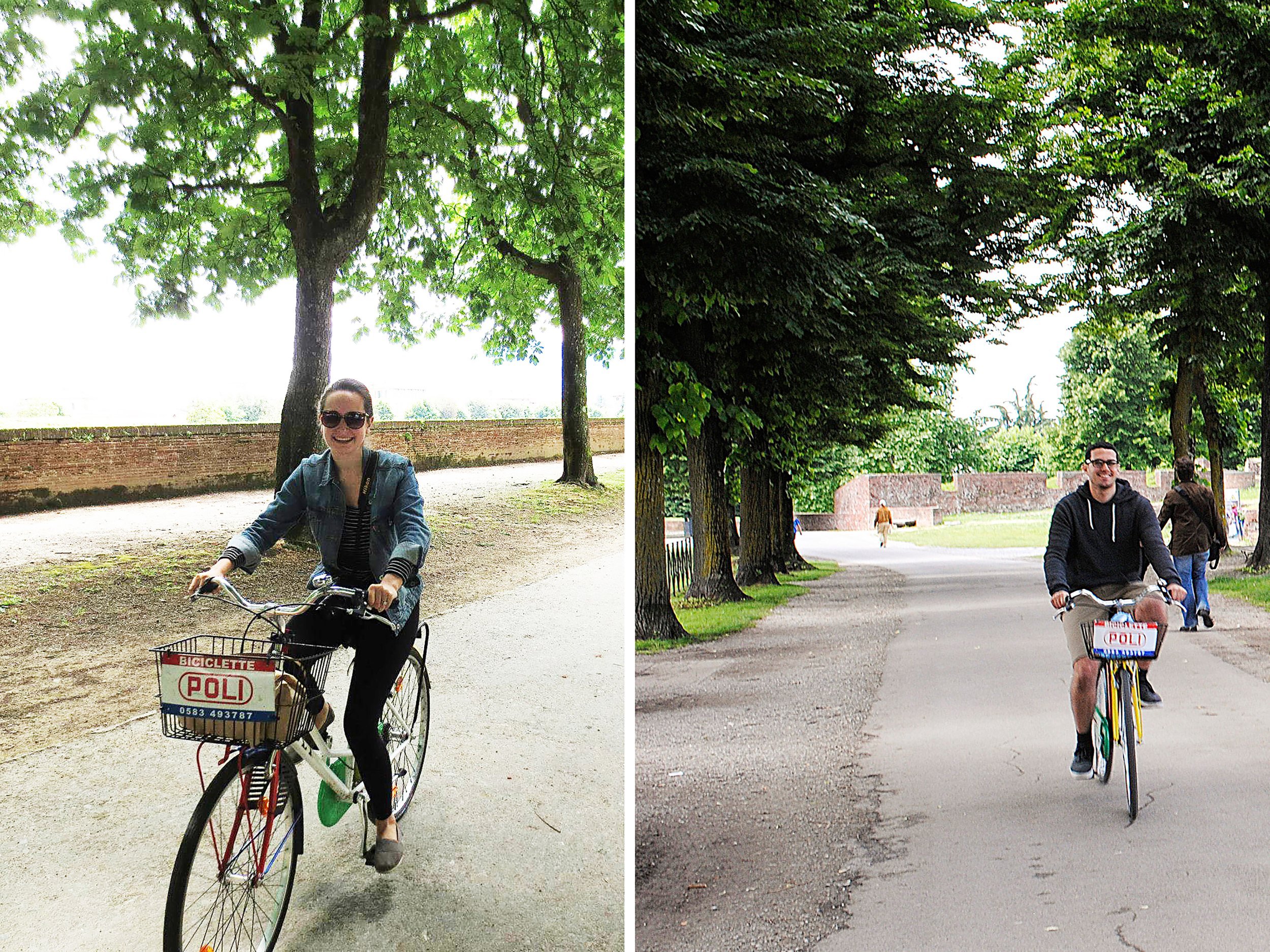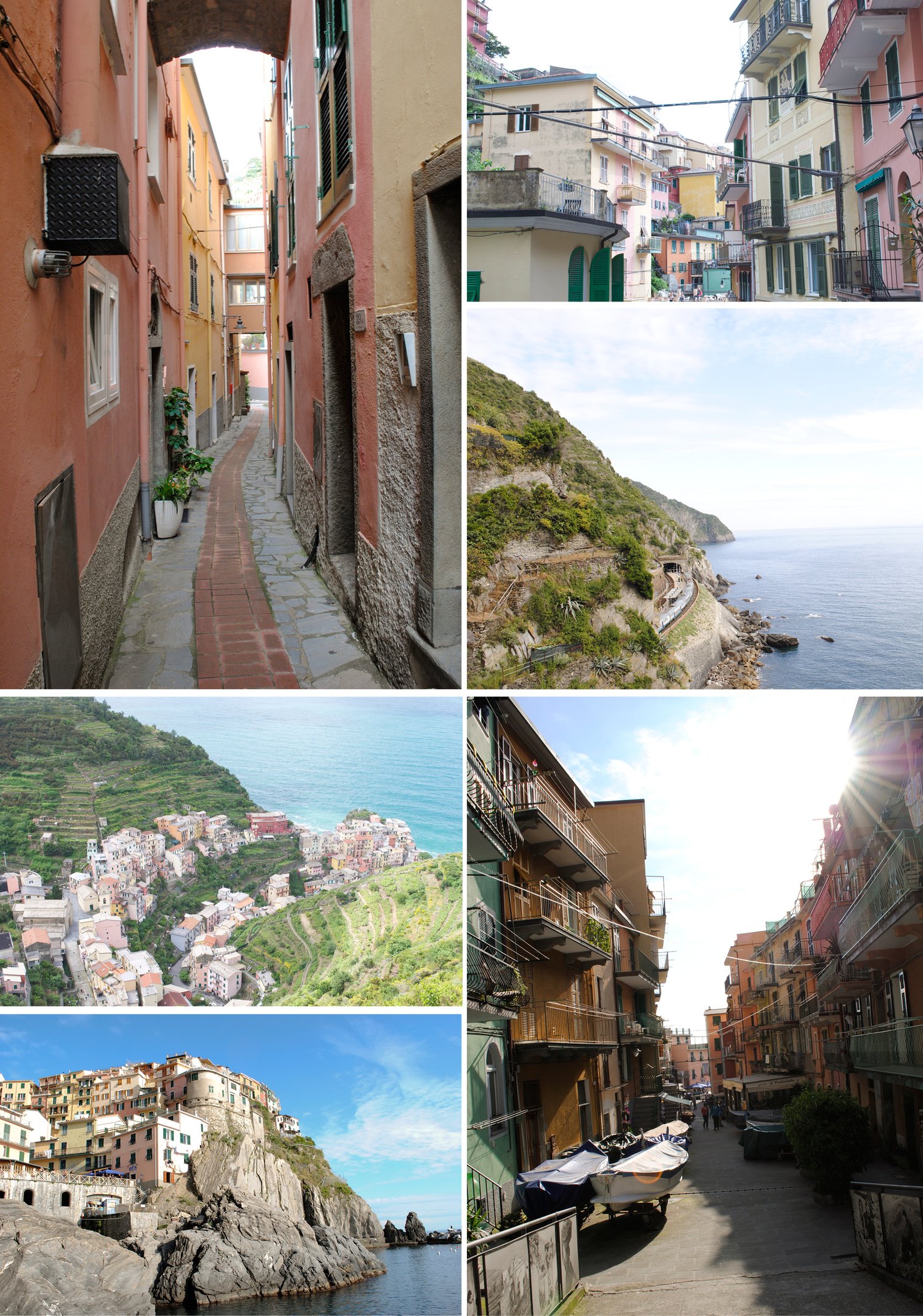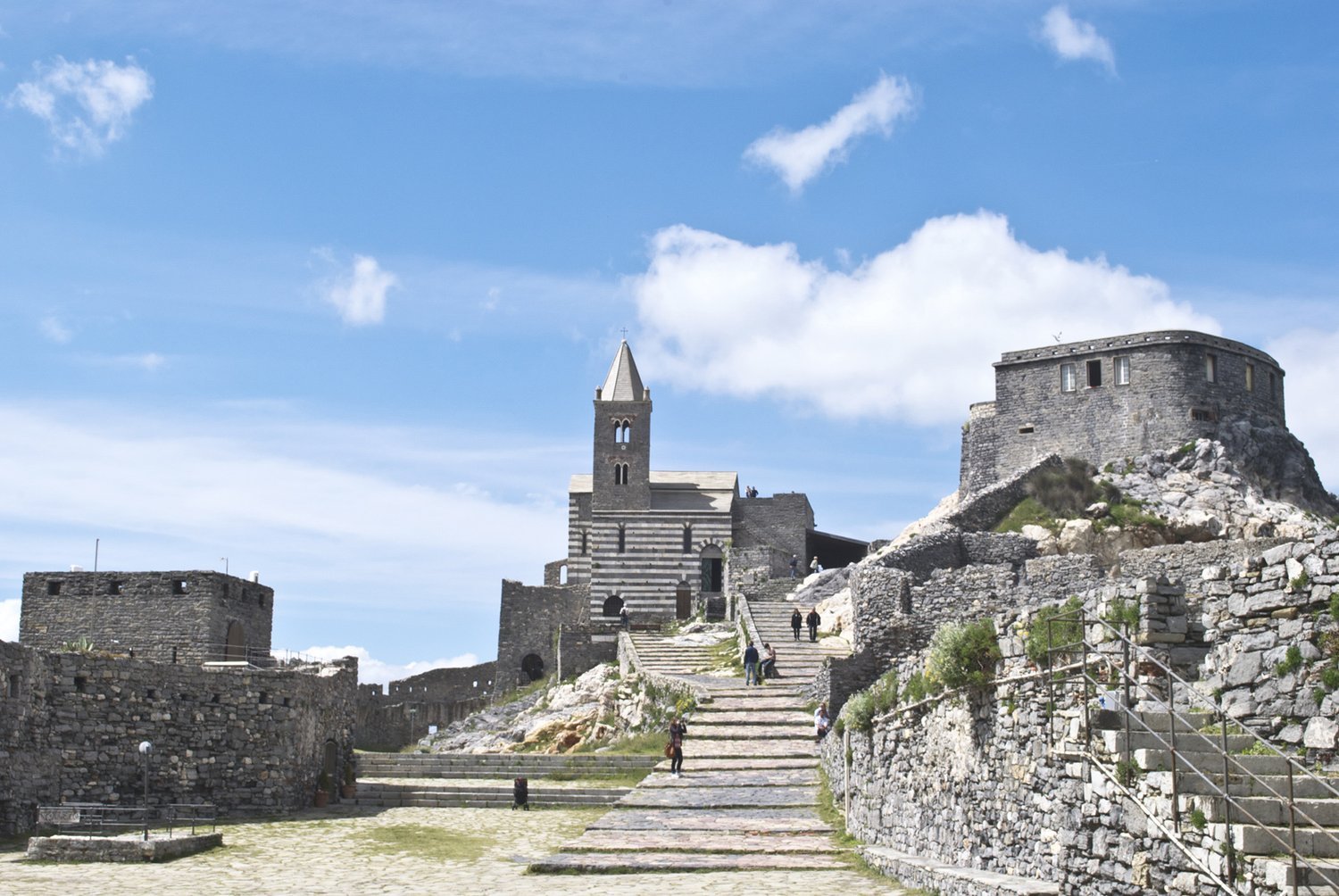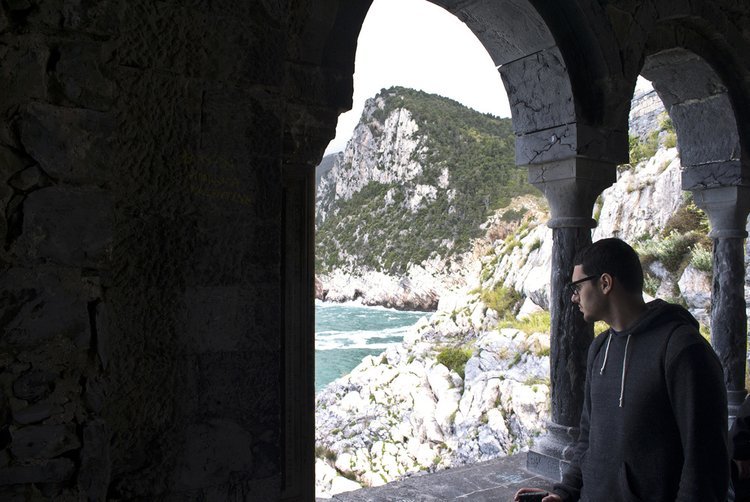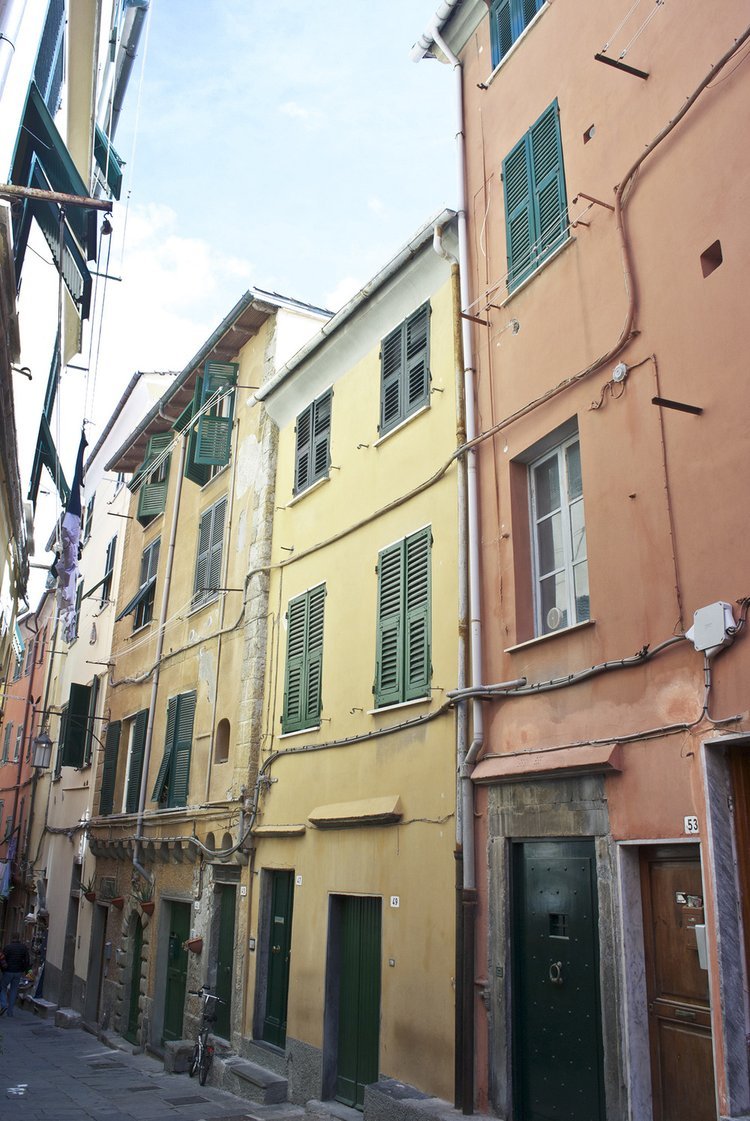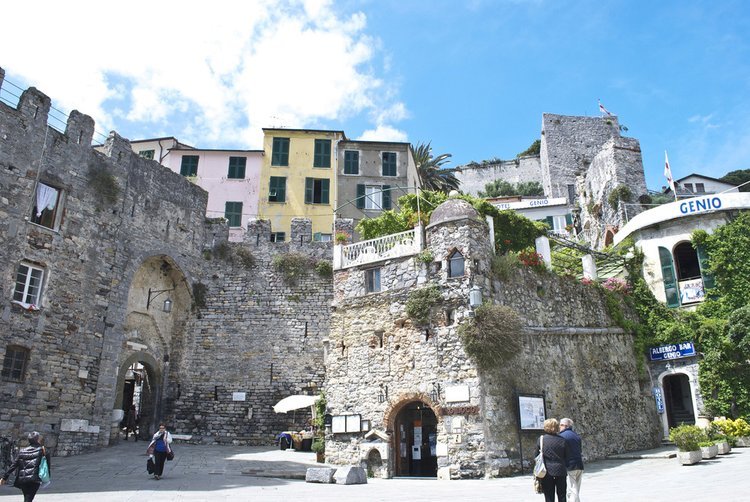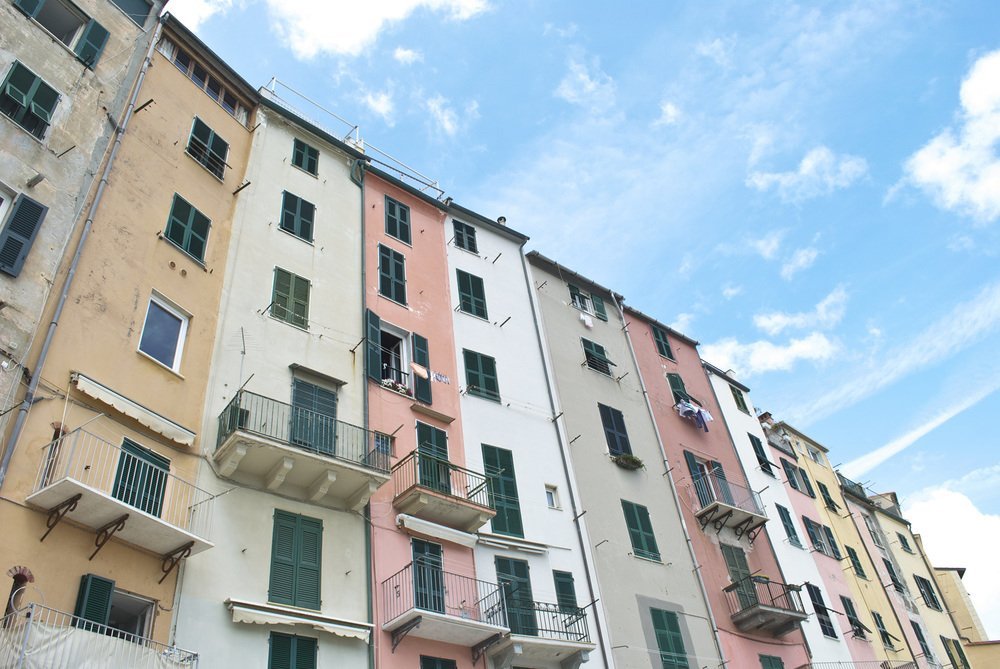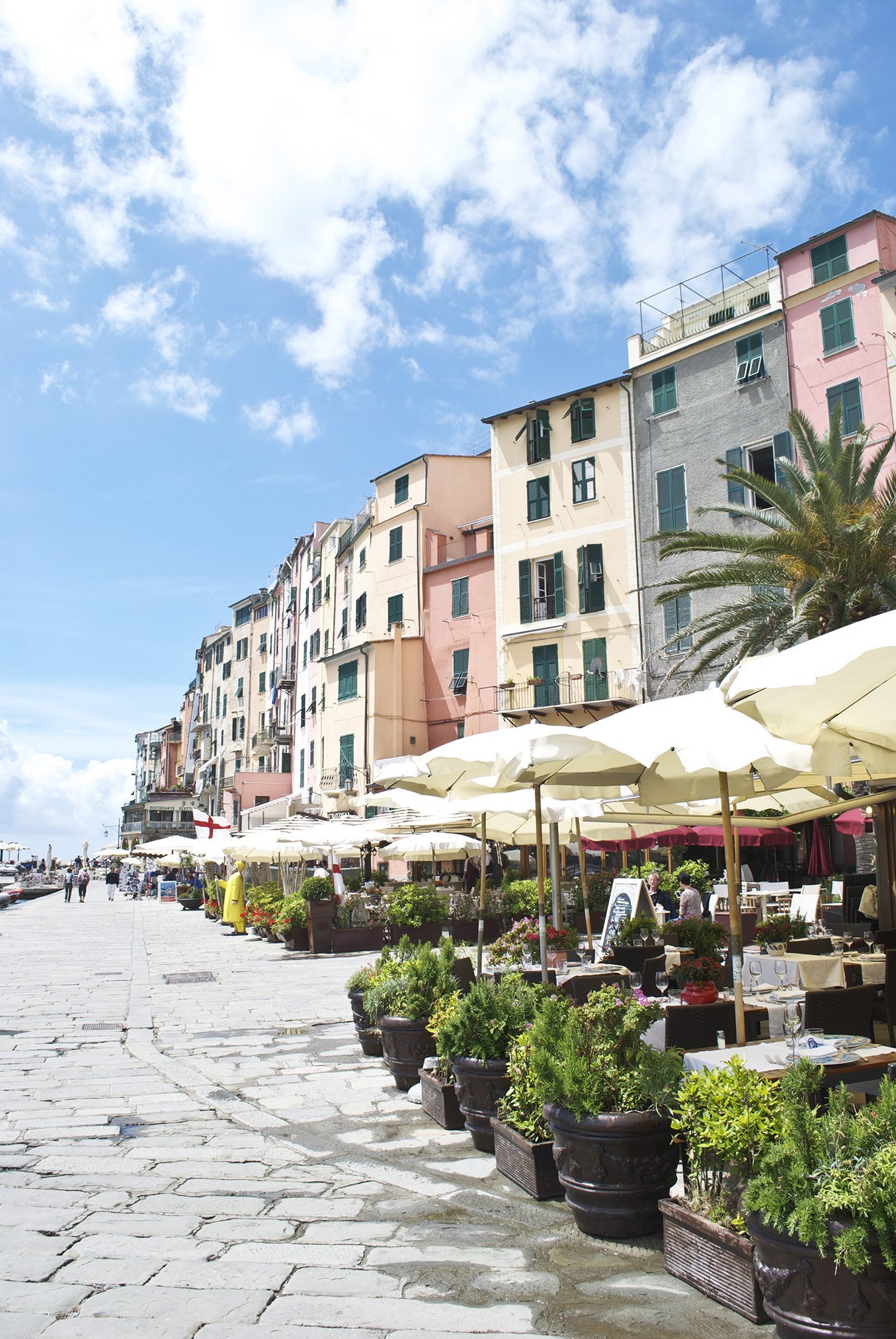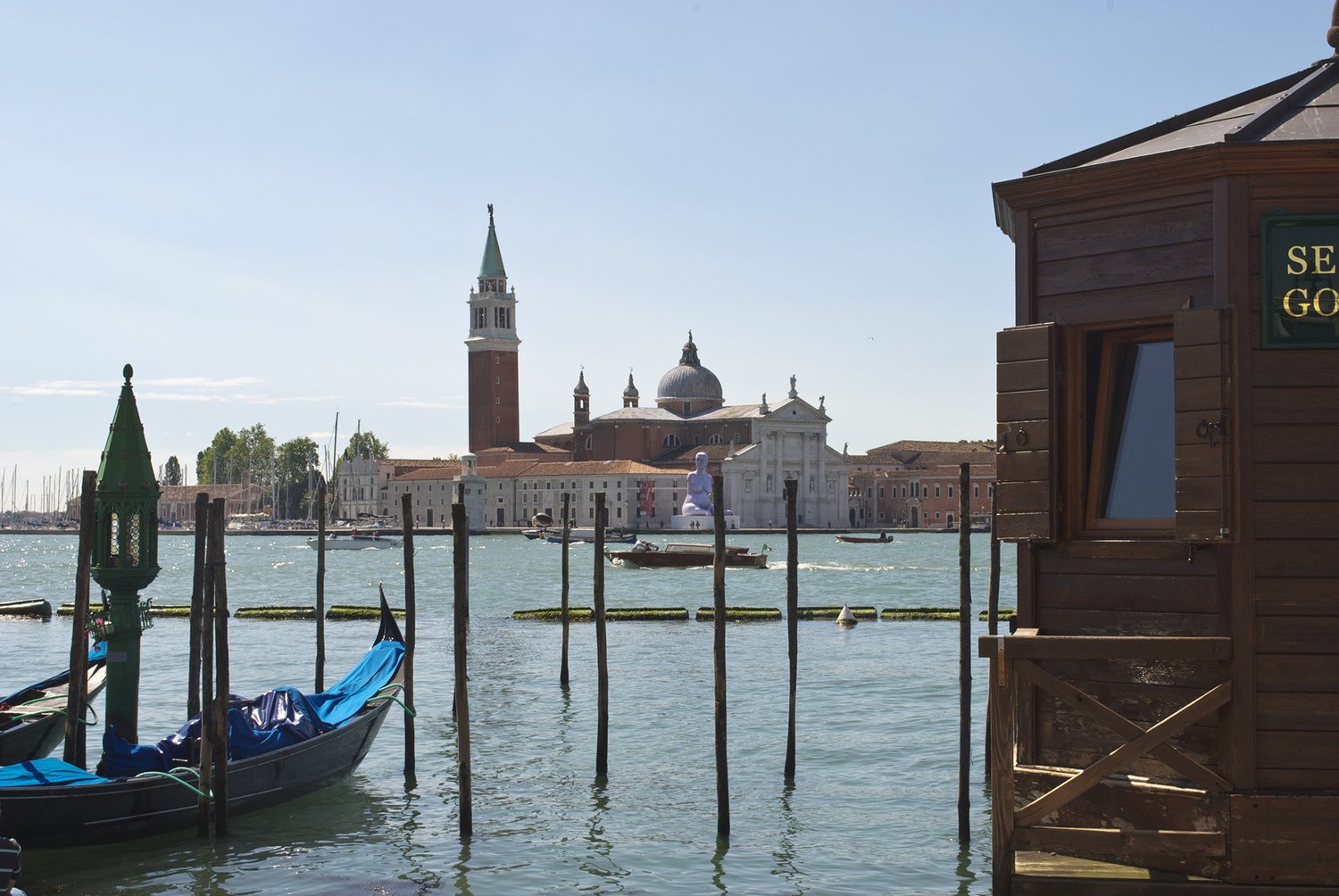Italy

After moving into our first apartment together in Boston, it was our first holiday season living under one roof. Since we were going our separate ways for Christmas Day, we agreed to exchange gifts with each other on the weekend afterward. That morning Britt had a small, single envelope as her only gift, dwarfed by the pile of neatly wrapped boxes in Rico’s corner. After he opened his gifts, Britt carefully unwrapped and opened the envelope to find two round-trip plane tickets to Italy for the Spring.
This was our first European adventure together and we were excited to spend time exploring and making memories with each other. After a long transatlantic flight and a brief layover in Dublin we landed in Rome, where we would be spending less than 24 hours. For this trip, our focus was on the Italian countryside, so our one-day stay in Rome was a bit of an afterthought.
Rome
After hitting some travel snags at the airport (something always seems to happen!) we jumped into our car and made our way from Fiumicino Airport to Hotel Villa San Pio in the Roman rione of Ripa. From that point we knew we had a tough task ahead of us: squeeze in as much sightseeing as possible into the remaining hours of the day. Though it’s not the ideal way to travel, it’s all we had and we wanted to make the best of it!
We started our adventure off with a stroll toward the Colosseum, only a 20-minute walk from our hotel. Along the walk it began to drizzle which didn’t help much to lift our tired and damp spirits. It’s always difficult to adjust to a new place when you first get there, but nothing makes you feel better like a fashionable 10 € orange umbrella under which to take refuge for the rest of the day. We walked through the Roman Forum, admiring the beauty of the juxtaposition of ruined man-made structures and thriving plants and flowers. As we got closer to the end of the maze of paths, our focus quickly redirected to the imposing enormity of the Colosseum.
That sense of enormity is only enhanced when seeing it from the inside. There is something to be said for the artistic impact of walking through dank, dark tunnels and staircases to emerge through an arch into the warm sun and fresh air with an amazing work of architecture, engineering, and art sprawling out in all directions. It’s moments like these that make you realize why certain cultural icons are as famous and beloved as they are.
We continued on through the city center to our next destination of the Spanish Steps. We were utilizing a crude and mostly unhelpful Roman map to find our way around and found ourselves wandering through sleepy streets and piazzas as unintended detours. We quickly realized that the beauty of Rome didn’t lay wholly on its most treasured landmarks, but also on the small things that make a city a city—or that creates an identity for any place in the world. This is a lesson that we found applies to any place we visit.
After sharing our first of many gelatos on the Spanish Steps, we set out to find the small leather shop where Rico had bought a purse for Britt a year earlier. Matteo Fabris crafts and sells leather goods out of his Via Belsiana shop and is a pleasure to talk with, though his English is limited (much better than Rico’s Italian though!). Walking into his shop is like stepping back in time and we had no trouble finding another expertly crafted and beautifully handmade bag.
Next up was a brief stop at the Trevi Fountain, where we lined up with all the other steadfast travelers to get a chance to throw a few coins behind our backs into the fountain. From there we weaved through backstreets in an attempt to find the Pantheon. While we took a very circuitous route, we stumbled upon more picturesque sights along the way and did finally reach our destination.
At this point, the gelato started wearing off and we were ready for our first true Italian meal. We focused our sights on a restaurant that had been recommended to us by someone from home, but upon arriving we were informed that there was not a table for us. Not to be discouraged, we continued up the street and found a pleasant restaurant on the corner called Panella where we settled in and filled our bellies. There’s nothing like a hardy meal after a long day of traveling!
We hailed a cab to take us back to our hotel and slept very well that night. We knew we had to get up early to head to Tuscany and were excited to truly start our Italian adventure with our first full day!
Tuscany
Montepulciano
After an early breakfast at our hotel in Rome, we set off for the Tuscan countryside. On the way to our home base of Siena, we stopped in the sleepy winemaking hill town of Montepulciano. We wandered up crooked streets to the Piazza Grande, the main square at the highest point on the hill, where the commanding Palazzo Comunale and its tower beckoned us inside. While the top of the tower was closed due to rain from the previous day, we were still able to climb to the terrace atop the building. We had the terrace to ourselves for a bit which allowed us to fully take in 360-degree vistas while talking about nothing and soaking up the sun.
It’s easy to get swept up in the sightseeing and logistics of traveling, but sometimes moments hit you hard when you realize where you are or what you’re doing. It was on this terrace that we were able to finally take a breath and fully appreciate the fact that we were in Italy. With that realization, we made our way back down to the piazza and got lost in the back streets of the town, stumbling on small parks, beautifully-crafted arches, and even a small art gallery. We then made our way back to the center of town for lunch at Fattoria Podernovo where we split a classic Italian meal of bruschetta and antipasto before indulging in some gelato.
Siena
Shortly after leaving Montepulciano, we arrived at Hotel Athena, an inn just inside the medieval walls of the town, and went out to explore as soon as we dropped our bags off—but not before grabbing a handful of the delicious Italian candies at the front desk! We made our way toward the Piazza del Campo and found ourselves in the middle of an expression of Sienese culture, as uniformed residents marched around and dexterously flung flags to music.
The town’s main square is like a brick and travertine beach with residents and tourists alike laying, relaxing, eating, and playing games. The perimeter of the square is lined with restaurants and gelaterias and comes to an apex at the Palazzo Pubblico with its towering Torre del Mangia. We took a moment to join in and found a spot in the piazza to rest our feet for a bit and enjoy some gelato from Brivido Gelateria.
With dusk approaching, we decided to grab some dinner and ended up at Alla Speranza for ravioli, pasta, and tiramisu. To go with the day’s theme, we flowed at a true slow Italian pace for the meal. We were there for so long that it got cold enough for the staff to turn on heat lamps and provide us with wool blankets, adding to the intimate atmosphere as we enjoyed each other’s company.
On our last night in Sienna, we spent some time appreciating Siena’s duomo, stopping to take in the very detailed façade before heading inside. Though the cathedral is actually unfinished (Siena ran out of money before it could complete plans of making it the largest church in the world) it is still magnificent in its medieval design and construction.
To end our time in Sienna, we enjoyed an evening indulging in gnocchi, tortellini, bruschetta, crepes, and gelato at Birreria Bavaria and Il Gelateria.
Florence
During our stay in Sienna, we woke up early in the morning one day to make the hour-long drive to the birthplace of the Renaissance—Florence. When we stopped by the hotel’s front desk to pick up our keys, we started talking to the concierge about our plans. We talked for a bit about Florence and before we left he scribbled down the name of a parking lot on a hill overlooking the city. He promised it would be our best access point, for parking and views—he was very right!
As promised, the parking area at Piazzale Michelangelo served not only as a prime access point but also as a great introduction to the cityscape. We made our way down a series of stairs to the Arno River, which bisects the city and flows under a variety of beautiful bridges. We walked along the river until we got to the most famous bridge—the Ponte Vecchio. We made our way across, admiring the assortment of jewelry and souvenir shops that lined it on both sides. As we flowed with the crowds of people, we emerged on the other side at a central point in the city, with all the main historic sights a short walk away.
While we had originally planned on going to the Uffizi Gallery, we happened to be in the city on the one day of the week that it was closed. Not to be deterred, we continued on to the impressive Piazza della Signoria and visited the Palazzo Vecchio, which serves as Florence’s city hall. We slowly made our way through, eventually climbing to the top of the tower for the captivating views of the city below.
With mid-day near, we grabbed a quick light lunch at Ristorante Il Cavallino Firenze Piazza della Signoria before leaving the square to explore more of the city. We passed under the Arcone, the centerpiece of Piazza della Repubblica and a symbol of Italian unification, on our way to Florence’s famous duomo. The Basilica di Santa Maria del Fiore is a striking cathedral with an impressive dome that towers over the city. We waited in a line outside the church for quite a while to climb to the very top!
After a steep 460 steps we emerged at the top with breathtaking views of Florence and the surrounding Tuscan countryside. What’s striking in cities like this is the consistency of building construction and the effort with which the community attempts to keep it true to history. We couldn’t see a non-red roof for as far as the city stretched and it truly added to the beauty of the landscape.
After a stop at the Baptistry of Saint John to admire its enormous sculpted bronze doors, we trickled through the back streets on our way back toward the river. We found our way to the car and drove back to Siena.
Lucca
Eager to start our next journey, we woke up early and bid a bittersweet farewell to our temporary home of Siena. After a filling breakfast, we jumped in the car to make the hour-and-a-half journey to the town of Lucca which served as a stopping point on the way to the Liguria Peninsula. While Lucca is a relatively large city, its old town is well preserved within some of the best unspoiled Renaissance-era walls in Italy. We parked our car in one of the many lots surrounding the ramparts and adventured our way in.
Without a map or GPS to go by, we were free to wander the streets and take in the sights. Our primary mission was to find the town’s main piazza, but we stumbled upon many picturesque scenes on the way. One of the surprises we happened upon was Church San Michele in Foro, with its intricate façade and winged angels perched atop the structure’s peak. After walking around inside for a bit, we continued on along the crooked streets until we finally made it to the Piazza Anfiteatro.
The piazza is visually stunning, extending out from its center in an oval with a range of soft yellow and cream houses towering above along its perimeter. Between the colorful window boxes, relaxed outdoor restaurant seating, and decorative greenery, the square quickly made its way to the top of our lists of favorites. We took a seat at Per Bacco, sharing bruschetta, prosciutto, and fresh mozzarella, while admiring the light and airy surroundings.
After eating, we wandered around the piazza a bit more and found ourselves at a shop called Le Sorelle, which showcased a variety of home goods and trinkets. We took our time browsing and even bought two scarves—one for Britt and one as a gift to bring home.
The next portion of the day, took us back toward the town walls to find bike rentals for a leisurely ride along the ramparts’ pedestrian promenade.
It didn’t take us long to find a rental shop as the town is littered with them—we settled on Biciclette Poli and walked our bikes up to the top of the wall. The circuit takes about 25 minutes to complete at a relaxed pace and we certainly weren’t in a rush! We ended up doing two full laps, all while Brittany’s sensitive bell jingled at every bump and turn, warning everyone in our path that we were passing by. The ride ended up being one of our favorite experiences on the trip and we would highly recommend it to anyone stopping by Lucca.
On our way out we stopped for a quick bite of gelato and then made our way back to the car. We would have another hour to go before dropping our car off in La Spezia and taking the train into the Cinque Terre!
Cinque Terre
After spending a few days in the Tuscan countryside, we were ready to venture off to the Ligurian Peninsula’s Cinque Terre. We dropped our car off in La Spezia and took the local train to our home base of Manarola, where we’d be spending three nights. La Spezia is an industrial city, but the quaint sights of the Cinque Terre are only a 10-minute train ride away.
After spending a few minutes in a pitch-black tunnel traveling on the train, the tunnel breaks for a couple of seconds. In that flash, all the weary passengers on the train get a glimpse of the stunning Mediterranean and you can audibly hear them all gasp (us included). A sight like that is enough to pick you up and revitalize your travel spirit.
We used the convenient train system to freely move from town to town each day.
Manarola
Manarola is one of the sleepier towns of the five, especially after dusk. This made it an ideal home base as we were able to truly relax after each day’s travels. It was easy to see that the people of Manarola had strong bonds with each other and an enduring sense of community. It became a common sight to find a handful of the same older locals catching up in the afternoon on some benches on the path to our apartment.
One of the first things we did was set off for a hike on one of the many trails throughout the area. The famous Via Dell’Amore—the path between Manarola and Riomaggiore dubbed “Lover’s Lane”—was closed due to landslides, so we decided to take on the (much more difficult) hike from Manarola to Corniglia, with a stop in the small village of Volastra halfway through. The two-and-a-half-hour hike was worth it, rewarding us with unbelievable views of both towns and the Mediterranean from high above in the hills.
It was in Manarola that we shared our favorite meal of the trip at a small restaurant looking over the village. We enjoyed Trattoria dal Billy so much that we went back for a second night! Britt claims she had the freshest and tastiest mussels of her life. We both agreed that the trofie pasta with pesto (native to this region) was also immaculate. It didn’t hurt that the water views from the restaurant’s multi-level deck were unmatched anywhere else in the town.
Corniglia
After arriving in Corniglia at the end of our hike from Manarola, we spent some time wandering and then stopped for a quick lunch. We spent the least amount of time in this village as in any other, both because it was difficult to get to and because we felt like we got everything we needed out of it in that one visit. When it came down to choosing how to spend our other days, we had higher priorities.
Vernazza
The town sits on a high sheer cliff and has an overlook at the end of the main drag. We spent some time there taking in the views, noting that we could see some of the other villages from that vantage point.
Vernazza is typically recognized as the most picturesque town of the five, and rightfully so. It has a bustling square right on the water with a small jetty that travelers and locals alike use as a resting point. The water was particularly choppy during our whole stay in the Cinque Terre and the waves were giving everyone quite a show the first day we were in town. Everyone lined up on the jetty, slowly making their way closer and closer to the big breaks until one that was bigger than expected crashed and soaked everyone in sight—including us!
When we first made our way from the train station to the center of the village, we noticed a small opening on the left side between some buildings. Upon further inspection, we discovered that it was a cave-like structure that led to a rocky beach. We crawled under the arch and emerged on the other side with the sea at our feet, enjoying the waves from a different viewpoint.
Vernazza is watched over by the Doria Castle, a 15th-century watchtower that now serves as the best way to get a beautiful panoramic view of the town. We made our way up to the base and then climbed the short set of stairs to the very top. We rested our legs for a bit before moving on to walk the back streets a bit more, even finding a good spot halfway up a staircase from which to watch other visitors get splashed by waves in the main square!
Monterosso
The first time we arrived in Monterosso, we stayed in the area closest to the train station, along the Cinque Terre’s only commercial beach. This town is a bit unlike the others, resembling the upscale French Riviera more than the laid-back fishing village vibe of the other towns. We left relatively quickly, feeling a bit confused and disappointed.
It wasn’t until the next day when Rico inadvertently directed us to take the wrong train that we would find out what the real Monterosso was like. We got off the train and accepted that we’d be spending some time in town until the next one. Britt perceptively pointed out a pedestrian tunnel that she noticed on the ride over and we adventured through it to find the “hidden” quaint part of town. We spent quite a while wandering around with our jaws on the ground asking each other how we missed this before. Sometimes it takes a travel “mistake” to find something truly memorable.
Out of the many sights we saw, the Church of San Francesco struck us with its pure beauty. It was neatly tucked away among the back streets and made for an excellent surprise. We even found a cute cat in the open window of a restaurant’s kitchen, pawing at the cook for a taste of the aromatic fish he was preparing! We were pleasantly surprised with our unintended second visit to Monterosso.
Riomaggiore
Riomaggiore is a busy fishing village with a beautiful marina at the mouth of the sea full of colorful boats. The town also boasts an impressive lookout point at the top of the highest hill many steps up above the main square, with a couple of beautiful churches along the way. We made sure to spend some time admiring the Church of San Giovanni Battista and Our Lady of the Salvation before making our way to a bench atop the hill where we sat and relaxed.
Back down in the central part of town there is a healthy handful of shops and eateries that we browsed through. One of the last shops we went to was a small art gallery near the marina where we purchased a pen and watercolor piece for our apartment back in Boston.
The next leg of our trip would be the final one. After our three nights on the Italian Riviera, we would be making the 4-hour drive to Venice—but first, a stop in Porto Venere!
PORTO VENERE
Before making the trek from Liguria to Venice, we stopped in the town of Porto Venere. The town is charming and offers similar striking sea views. A path along the water at the base of the village leads to the point of the peninsula, crowned by the 800-year-old Church of St. Peter. The church offers some breathtaking views as it is perched upon a small cliff and is surrounded on three sides by water. After taking in the views, we made our way deeper into the winding streets away from the coast.
We eventually stopped for lunch at Artigianale al Gabbiano where we shared caprese and bruschetta, along with a much too large bottle of water. Our stomachs not quite satisfied, we stopped at a gelateria right off of Piazza Bastreri to indulge in some dessert as we had learned to do in every town we visited. After walking around some more, we decided to give in to some more food, closing out our visit to the town with some Nutella crepes from Il Gelato.
With our bellies full, we set off on our 4-hour journey to Mestre, just outside of Venice. The drive was not particularly noteworthy as most of it was through industrial parts of Northern Italy and the traffic was not ideal. That said, a pit stop at one of the many highway convenience stores provided Britt her first taste of a legitimate Bueno bar! Eventually, we arrived in Mestre and parked our car at a lot just outside of the train station where we were catching a train to Venice.
Venice
Our train pulled into Stazione di Venezia Santa Lucia where we emerged amid massive crowds of tourists and spent the next 20 minutes stumbling through the crowds and crooked walkways with our luggage in tow attempting to find our bed and breakfast. Even with detailed instructions from our host, we got lost a few times, but finally made our way to her beautiful home situated at the end of a quiet alley overlooking an intersection of canals where we spent the next couple of nights.
Venice is such a unique city because of its canals and reputation as a romantic setting. We really enjoyed exploring its main sights like St. Mark’s Square and Basilica and the Rialto Bridge spanning the Grand Canal. However, what truly makes Venice unique and romantic is its back streets and pleasant surprises that await visitors there. One of our favorite memories is wandering around after dinner during sunset our second night while most of the day’s tourists were either gone or still at dinner. There is something special about having what seems like the whole town to yourself on a calm summer evening. We also discovered a small donut shop earlier in the day that provided delicious cream, raspberry, and chocolate pastries that we shared while sitting on the steps of a small pedestrian bridge nestled in an alley far off the beaten path.
One thing we certainly don’t regret doing is shelling out the 120 € for a 45-minute gondola ride through both the large and small canals, and we were able to share it with each other without any other passengers. The gondolier did a good job balancing his delivery of facts and stories about the city with allowing us to take everything in silence. We were impressed with the expertise the gondoliers have in their craft, skillfully kicking off buildings to guide the boat, verbally communicating to other gondoliers around blind corners, and generally having strong yet smooth control over such large vessels.
We were also lucky in that our visit coincided with a Manet exhibit in the Doge’s Palace. After appreciating some of his most famous pieces of Impressionism art, we continued on to tour some of the prison cells in the palace. We can only imagine the torture of being prisoner in such a beautiful city.
Unfortunately, this marked the end of our trip, as we flew to Dublin the next morning on our way back to Boston.

























